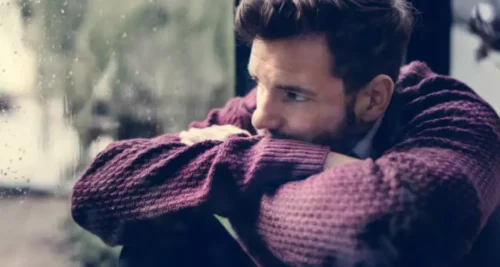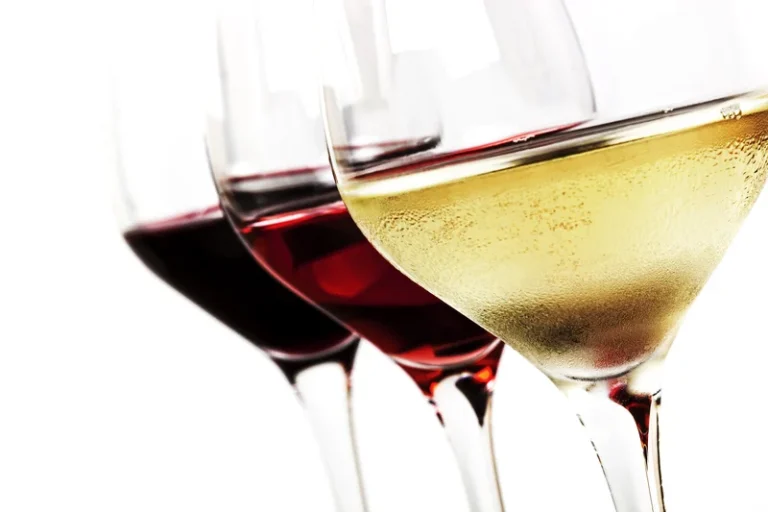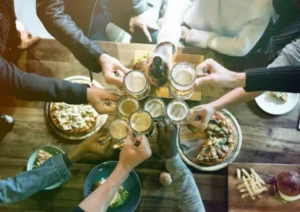
The beverage and restaurant industries, https://ecosoberhouse.com/ afraid that regulations would deter social drinking, opposed many initiatives, especially any further lowering of the legal blood alcohol level. Libertarian critics termed MADD and its allies “neoprohibitionists,” opposed not only to drunken driving, but to the consumption of any alcohol. Problem drinkers display clear differences between their drinking habits and those of alcoholics.
Getting to Zero Alcohol-Impaired Driving Fatalities: A Comprehensive Approach to a Persistent Problem
But such a society will be much more amenable to the rolling out of breathalyzer tests that sanction the same individuals before their reckless behavior leads to casualties. A stinging fine or temporary driving license ban is easier for courts to apply with public support. Governments frequently disseminate anti–drunk driving messages in print, on television, on roadside signs, and increasingly via text and social media, highlighting the health risks to oneself and others, as well as the legal consequences if caught. One reason why they might not always work is that media exposure can unintentionally raise the salience of drunk driving, making it perversely seem more normal. This is precisely what you want to avoid when dealing with occasional suspects who are more worried about what is normal than what is harmful. Nevertheless, anti–drunk driving campaigns that focus both on enhanced enforcement and the legal consequences of getting caught have been found to reduce drunk driving in a variety of circumstances.

Publications
These factors are dynamic and intersect in myriad ways that are important to understand in a local context. They can contribute to differences in the burden of crashes, fatalities, injuries, and chronic health conditions that result from alcohol abuse and impaired driving among populations based on education, race and ethnicity, socioeconomic status, geography, and so on. Distracted driving occurs when drivers divert their attention from the driving task to another activity (e.g., texting, eating, talking to other passengers, or adjusting radio or climate controls). Talking and texting on cell phones are not only a distraction as manual tasks but also a cognitive distraction, and the combination of cognitive distraction with alcohol impairment increases the already heightened crash risk of either impairment alone. Distracted driving has increased over time and contributes to an increasing amount of motor vehicle crash fatalities per year (Wilson and Stimpson, 2010). In 2016, crash fatalities that involved distracted driving made up 9 percent of total crash fatalities (NCSA, 2017a).
Current Environment: Alcohol, Driving, and Drinking and Driving

The disproportionate influence of a small number of very prolific offenders on local experience of crime was powerfully illustrated in Leinster, Ireland, in 2021 when three members of a notorious burglary gang died in a car crash after fleeing police. In the City of London, catching and sentencing a small organized gang reduced bike theft in the area by 90 percent. According to the best available evidence, homicide rates were 50 or 100 times higher in the 1300s, across Europe, than they are today.
- When the campaign began in late 1988, annual alcohol-related traffic fatalities stood at 23,626.
- The seven states that have neither dram shop liability laws nor statutes are Delaware, Kansas, Louisiana, Maryland, Nevada, South Dakota, and Virginia (Rammohan et al., 2011).
- A recent study by the University of Michigan Transportation Research Institute found that from 2000 to 2016, total vehicle miles traveled increased by 15 percent, an increase accounted for by the increase in the U.S. population in the same time period (Sivak and Schoettle, 2017).
- Unlike many other behaviors that pose serious risks to health and safety (e.g., smoking and violence), alcohol consumption has a more complex relationship with SES (Jones et al., 2015).
- In some cases, juries are unwilling to convict and victims are unwilling to bear witness if they are concerned the resulting punishment for an offender will be too high.
- While some states authorize the use of sobriety checkpoints, others prohibit them or do not have any explicit statutory authority on checkpoints.
- Not only is there wide variability in the alcohol content of drinks served in bars and restaurants, but there is also significant variability in the drinks served in people’s homes (Kerr et al., 2005).
Prosecutors and judges used a wide range of punishments – fines, imprisonment, and driving bans – as well as rehabilitative requirements such as compulsory attendance of Alcoholics Anonymous meetings. One powerful intermediate sanction was requiring an offender to fit their car with an interlock device (at their own expense) that prevents the engine from starting unless the driver passes an automated breathalyzer test. Encouragingly, in this study those who were social drinking and drinking problem banned from driving continued to commit fewer driving offenses after their driving ban elapsed. Even if deterrence affects how many people commit robbery, drunk driving seems like a difficult case for it.

